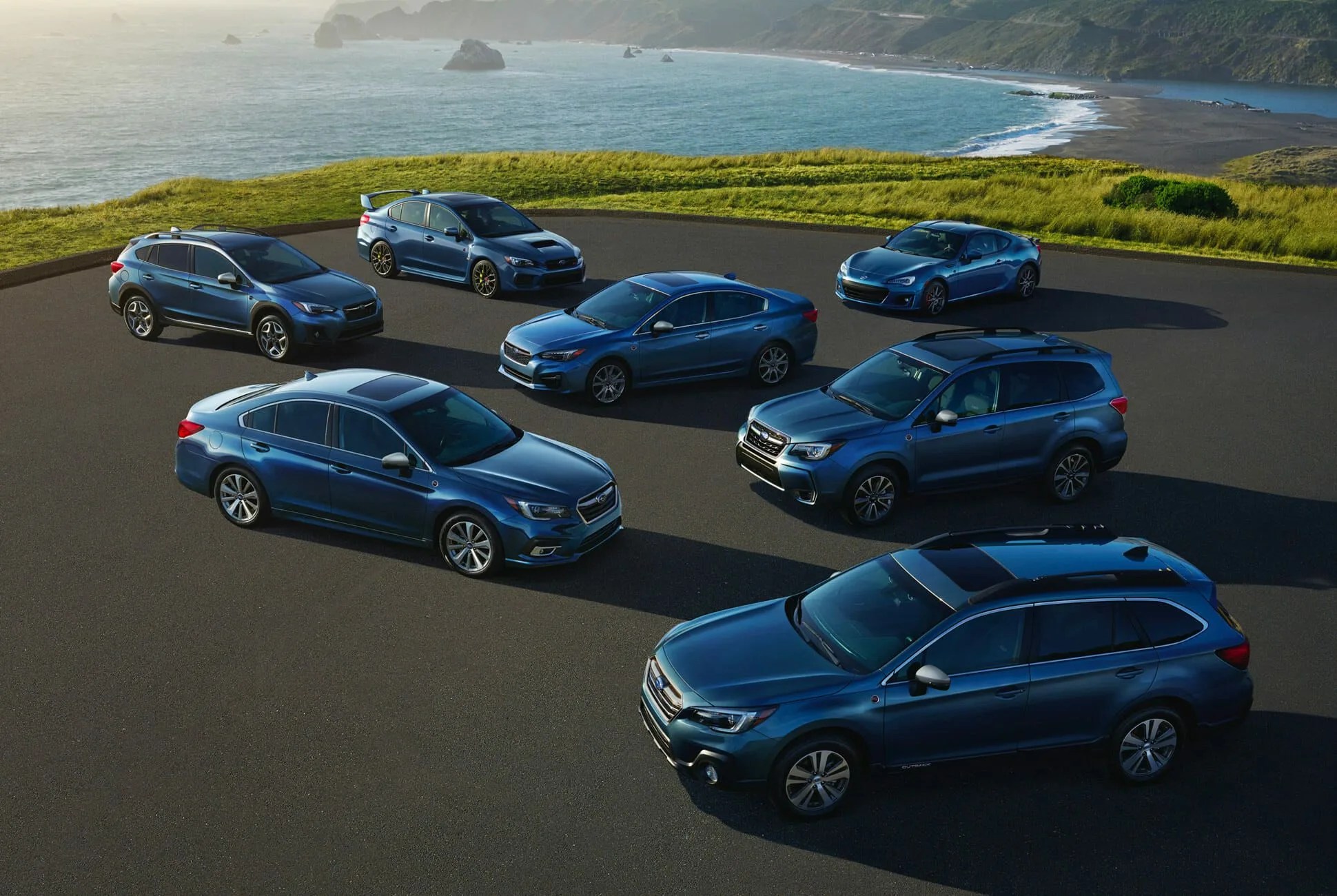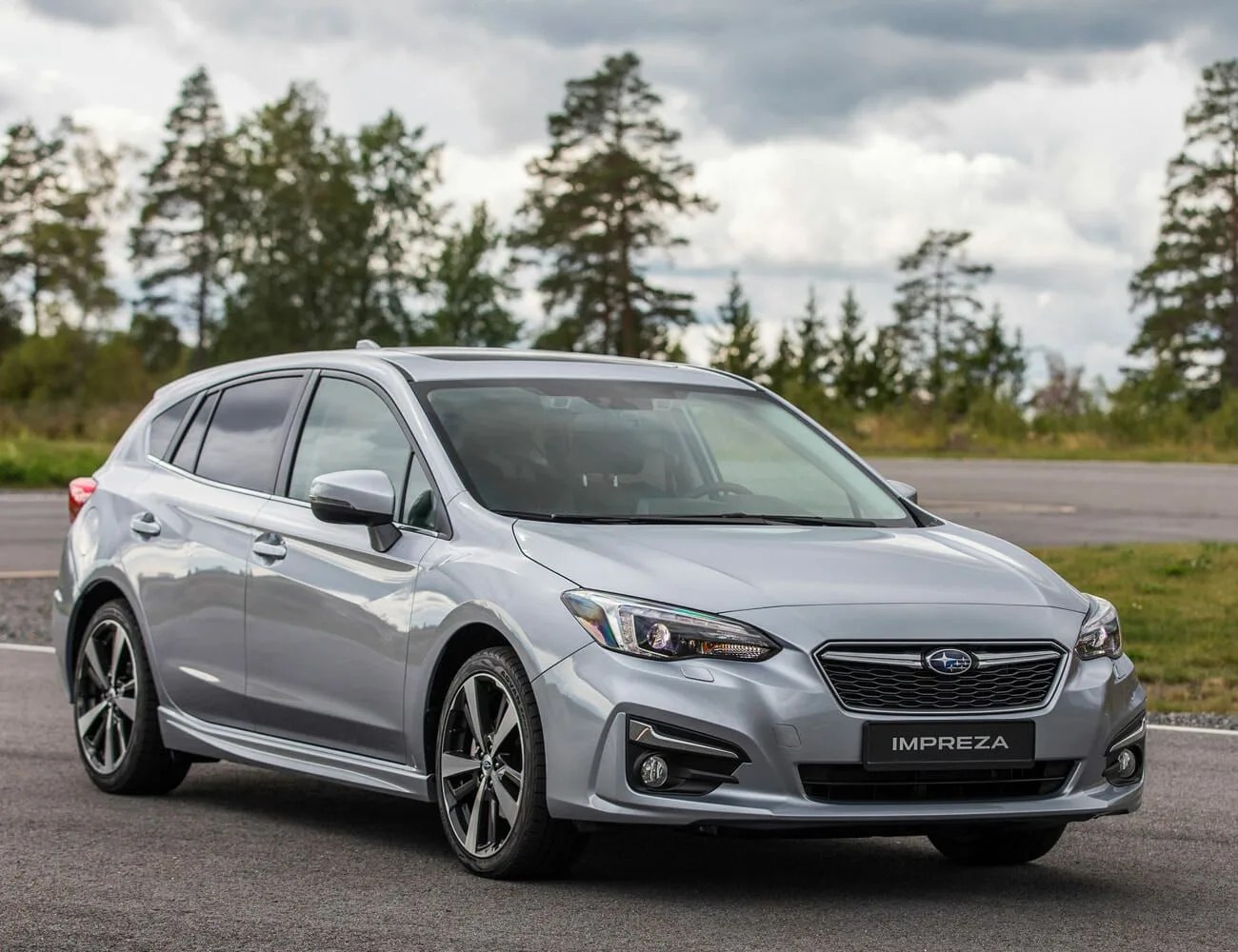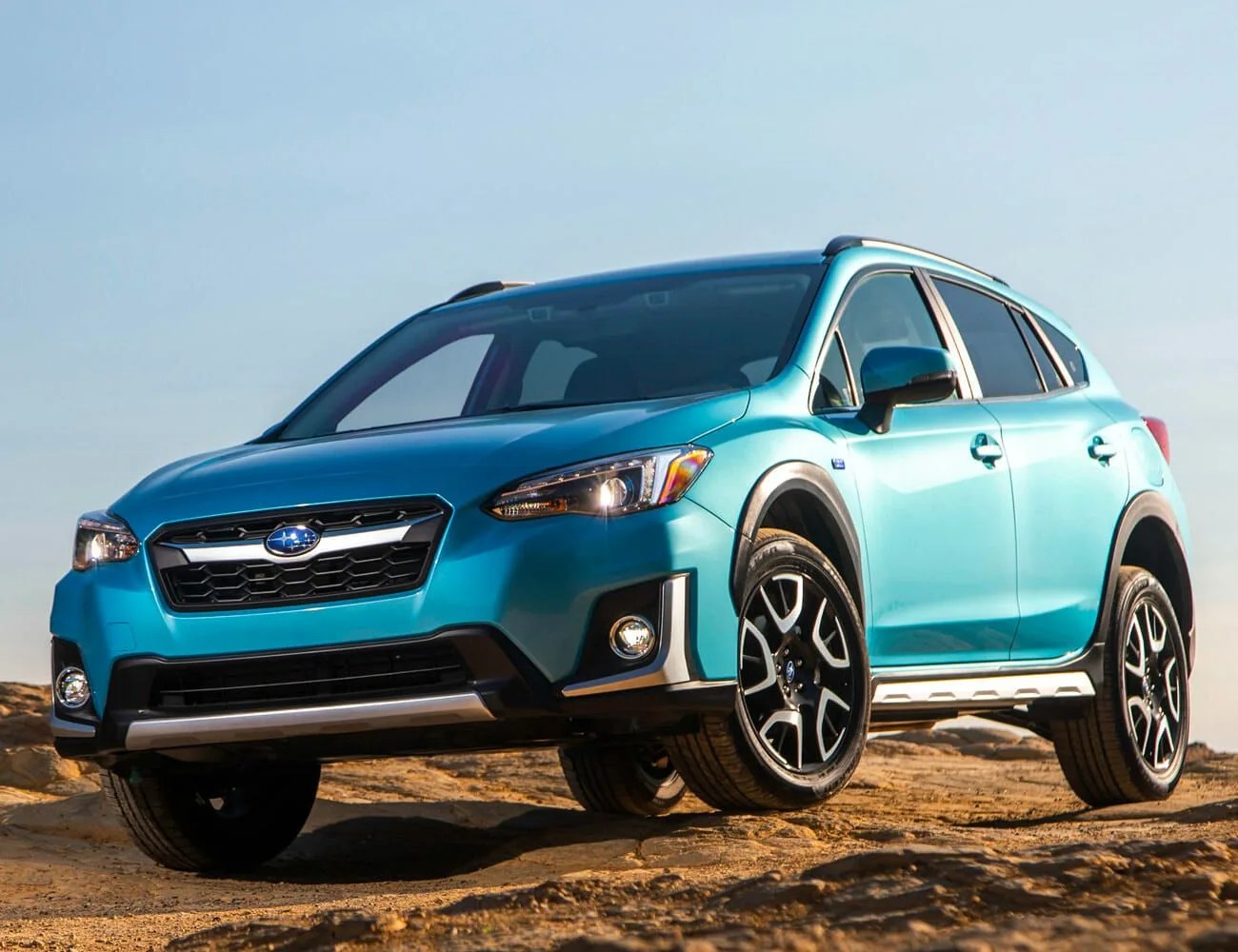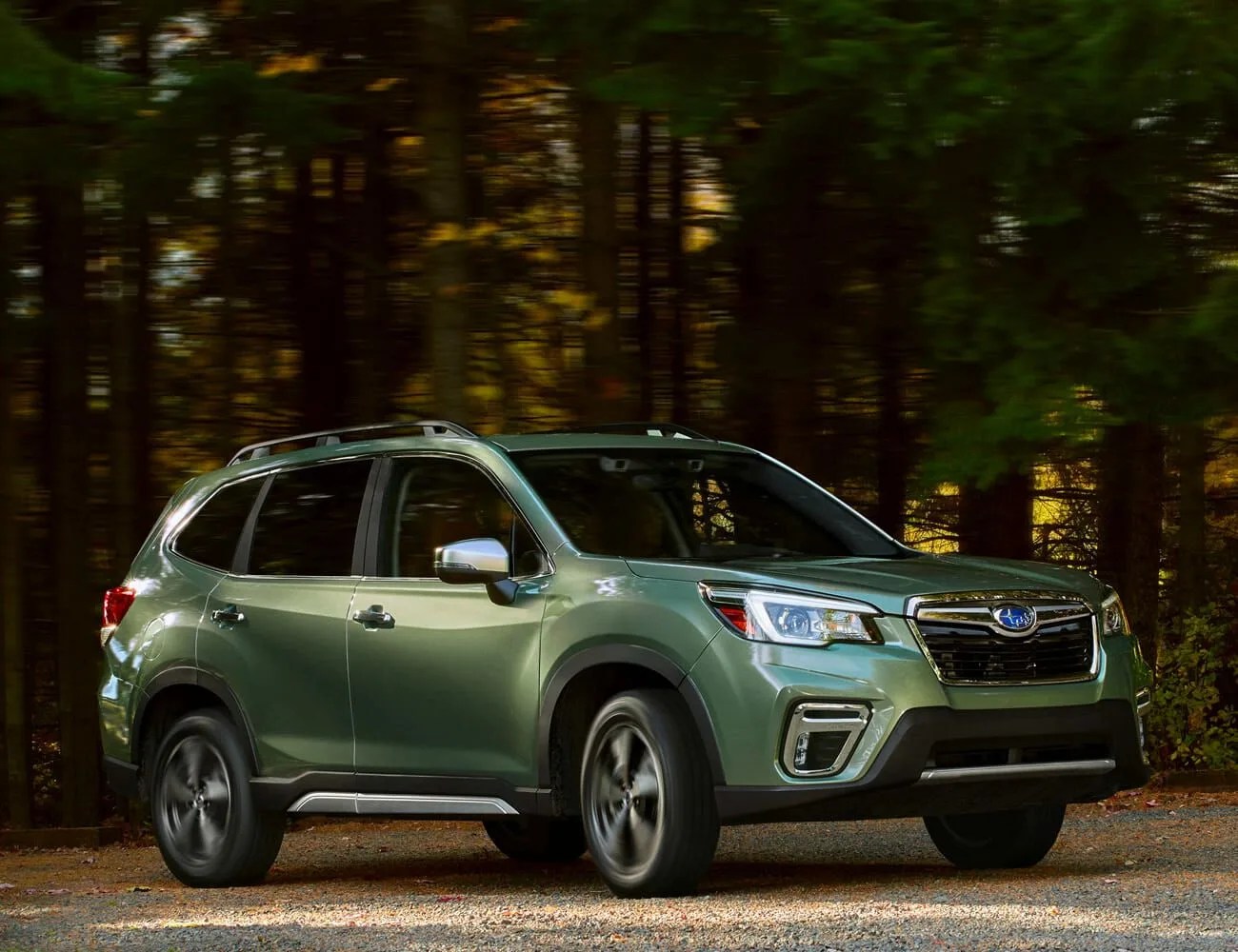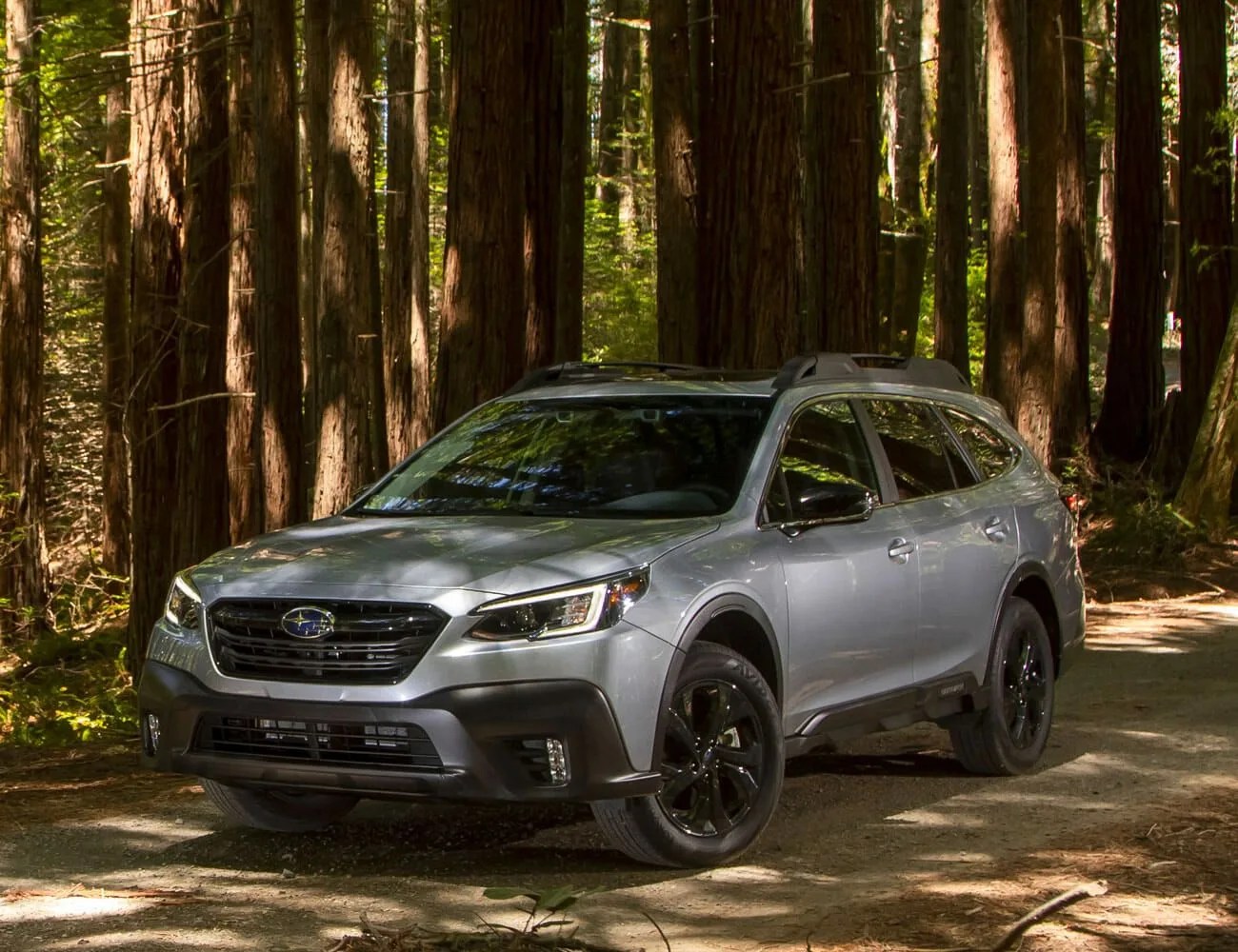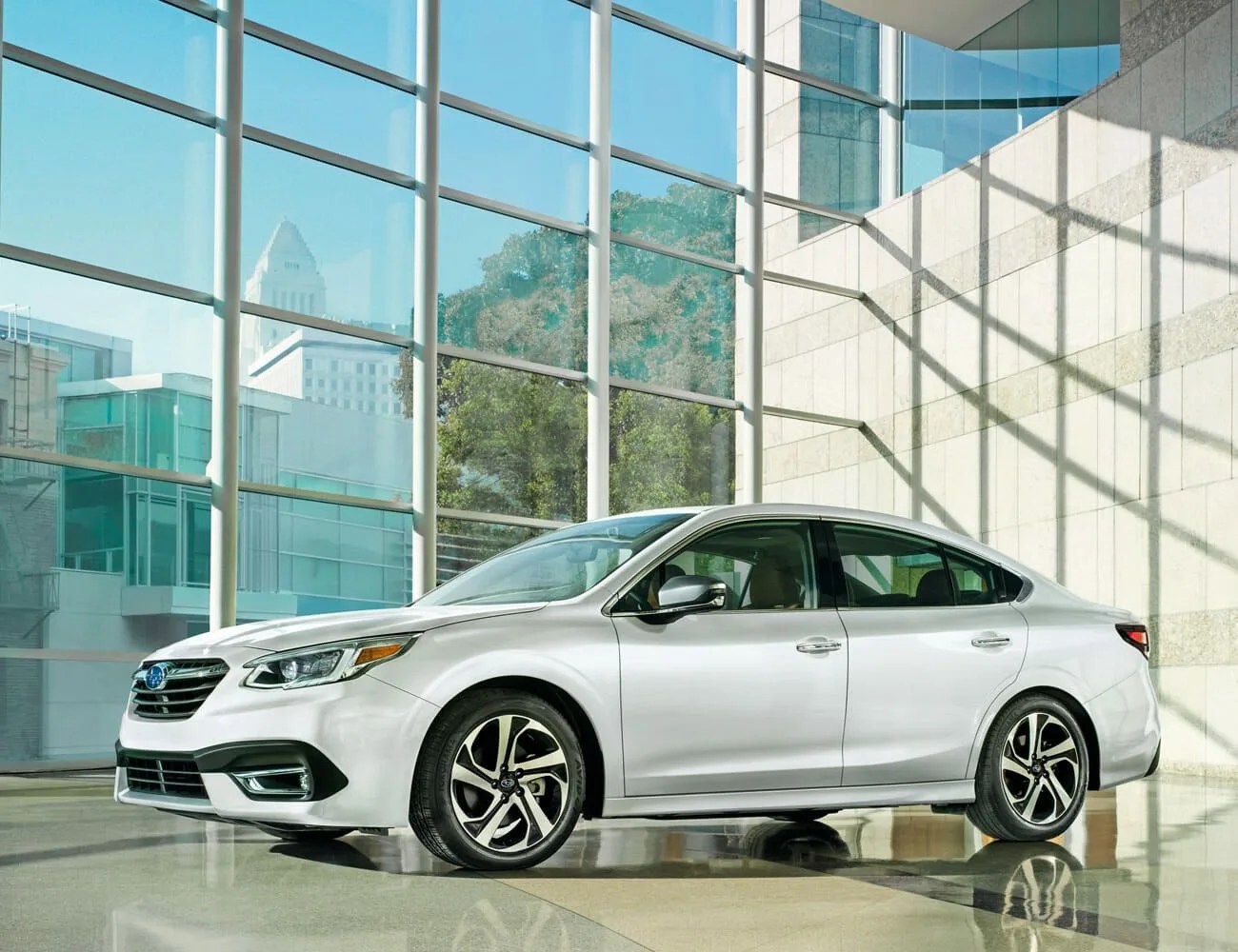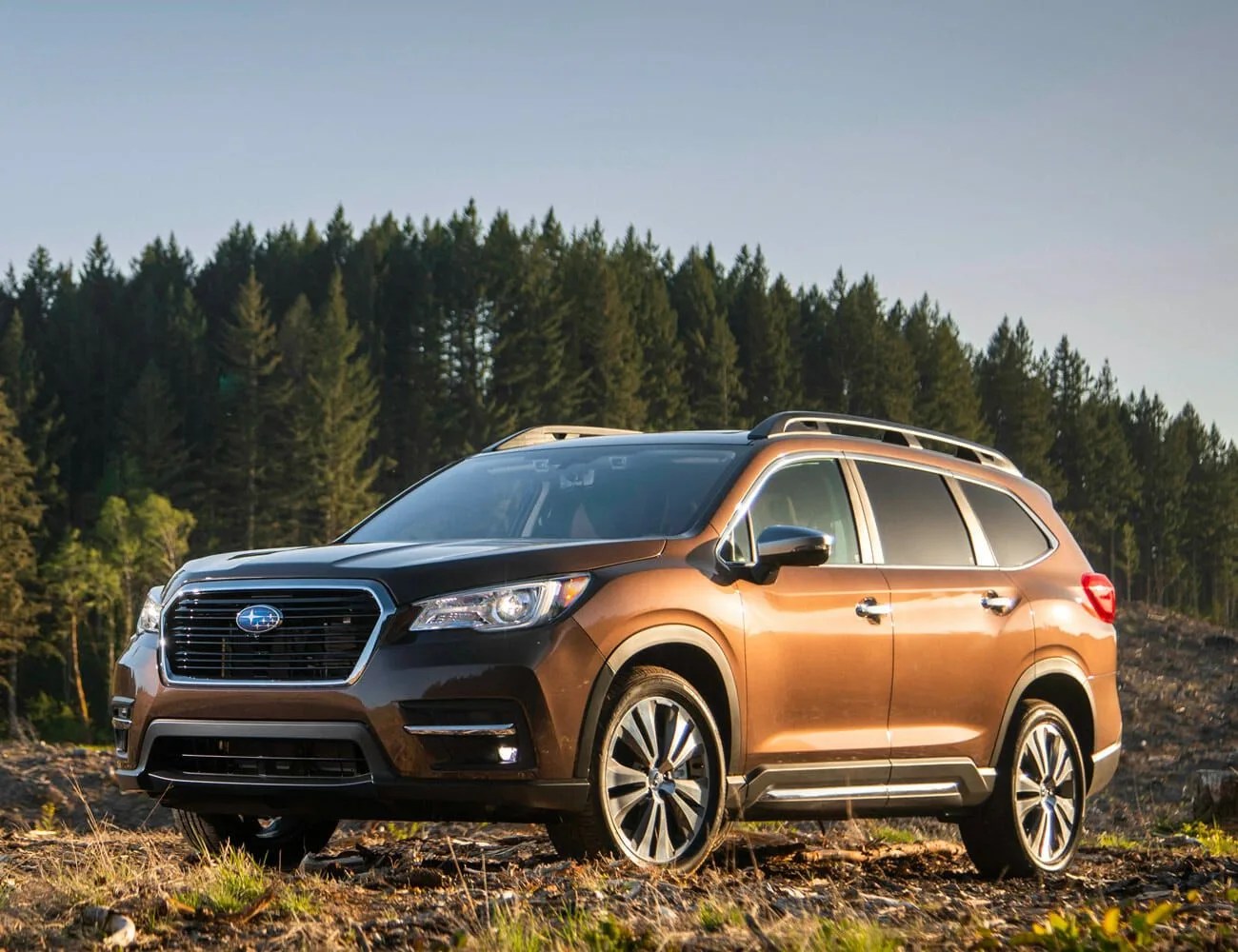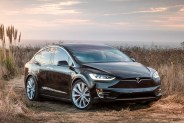There are only a handful of automotive brands with a fervent, fierce base of owners — and Subaru definitely deserves a spot on that list. One of the smallest Japanese automotive brands, Subaru originally came to market in 1950s Japan producing small, affordable “people’s cars” just after the Second World War. The company would later expand its presence and burnish its reputation in the automotive industry by venturing into one of the most grueling forms of motorsport: rally racing. It was here that Subaru proved itself to the world: With its turbocharged flat-four boxer engine and symmetrical all-wheel drive, the Subaru Impreza was practically invincible on any road surface. AWD quickly became a staple across (almost) the entire lineup; for this reason, Subies have become a coveted vehicle in areas with variable climates, like New England and the Pacific Northwest.
When the Subaru Impreza WRX came to the US in the early 1990s, it was welcomed with open arms, proving that there was a market for fun, affordable compact cars. With the success of the WRX, Subaru expanded its lineup into the Forester, Legacy, SVX and Outback models, many of which are still going strong today.
Subaru doesn’t have a traditional alphanumeric naming systems like Lexus or Cadillac, instead, like Porsche and Lincoln, each model uses a more traditional name. Vehicle designations also include engine size (in liters of displacement) and package monikers. “Standard” models are the most affordable, with the least features. “Premium” includes all base-level features and can include upgraded safety systems and interior and exterior amenities. “Sport” variants vary little from Premium, but receive sport-inspired internal and external visual upgrades. “Limited” exampples includes many of the Premium items, with added higher-spec features such as Harmon Kardon audio systems, upgraded lighting and nicer interior materials. Subarus badged “Touring” are fully loaded and include details like full leather interiors and the highest quality Harmon Kardon audio setups.
Subaru Terminology
CVT: Continuous Variable Transmission
Boxer: An engine with its cylinders mounted horizontally with each bank in opposition to the other. Helps lower a car’s center of gravity.
STARLINK: Subaru’s safety and security services, which include Automatic Collision Notification, Lane Keep Assist, forward and rear emergency braking intervention, Enhanced Roadside Assistance, Stolen Vehicle Recovery and the added convenience of Remote Services. It also includes Apple CarPlay and Android Auto. Starlink is standard on all Subaru models.
EyeSight: Subaru’s automotive safety system that handles the adaptive cruise control, automatic pre-collision braking, lane departure warning and sway warning with lane keep assist.
WRX: World Rally Experimental.
STI: Subaru Tecnica International. Symmetrical AWD: Subaru symmetrical AWD system consists of a longitudinally mounted boxer engine coupled to a symmetrical drivetrain with equal length half-axles. Symmetrical AWD is standard on all Subaru models except the BRZ.
DCCD: Driver’s Control Centre Differential, which allows the center differential locking of the WRX STI to be adjusted to alter its handling.
SI-DRIVE: Subaru Intelligent Drive is an advanced engine management system with driver-selectable modes tailored to suit various driving conditions and the whims of the driver.
X-MODE: Helps to maintain traction and control over the vehicle on low traction surfaces.
VDC: Vehicle Dynamics Control with Active Torque Vectoring, which helps provide sharper, more stable handling by monitoring steering and braking inputs to help keep the vehicle on the intended path.
StarDrive: Subaru’s moniker for plug-in hybrid technology.
Lineartronic CVT: Unlike a traditional automatic transmission, Subaru’s Continuously Variable Transmission uses two hydraulic adjustable pulleys connected by a chain-link and a stepless gear ratio that allows the engine to run in its optimal powerband at all times. While this technology allows a fully automatic transmission driving experience, a clutchless manual shifting mode with paddle shifters is available on many Subaru models.
Buying Guide
BRZ
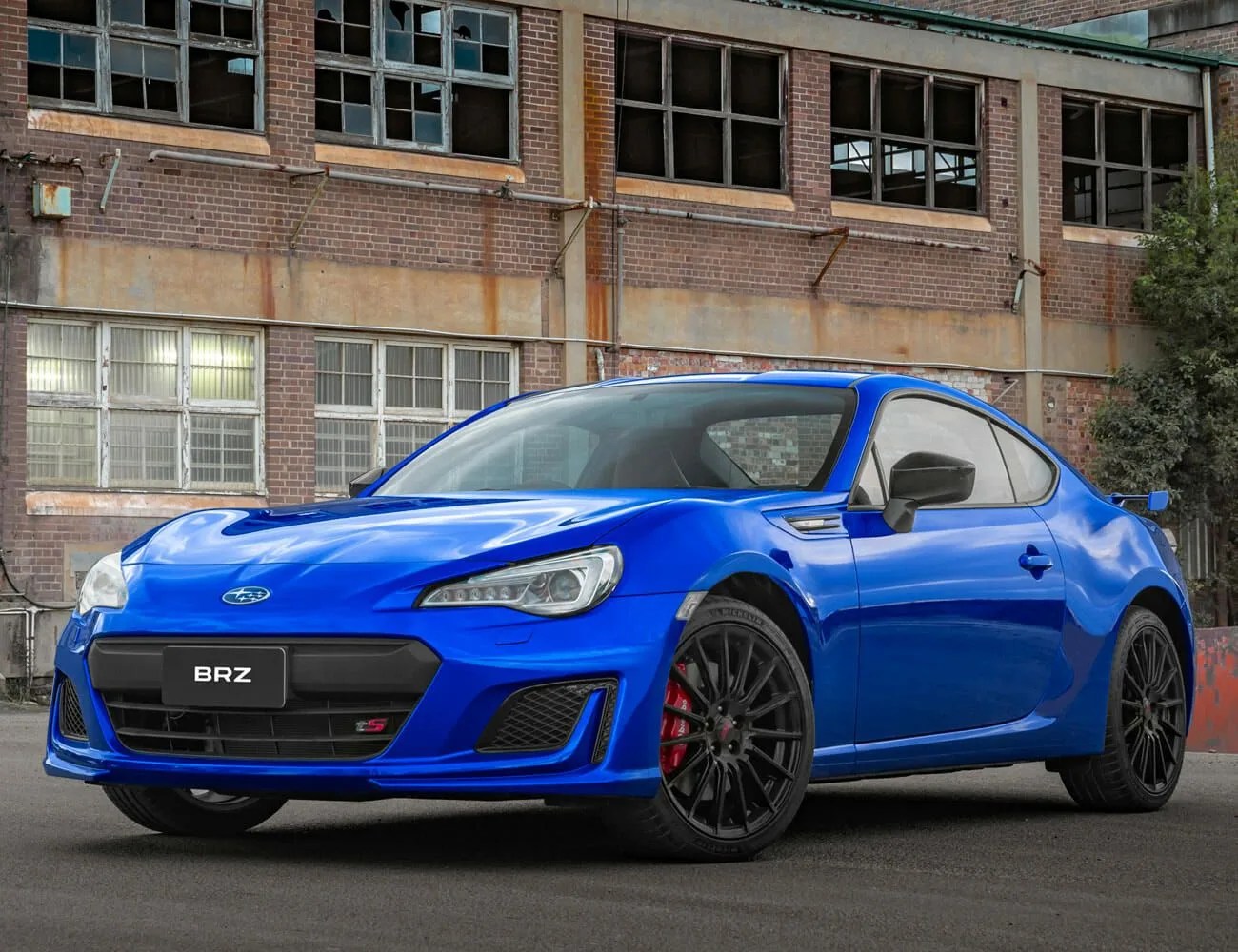
The Subaru BRZ was developed in partnership with Toyota, and shares a platform with the Toyota 86. It is the only car in the Subaru model lineup with rear-wheel drive and features a 205-horsepower 2.0-liter boxer four-cylinder engine with an choice of six-speed manual or automatic transmission. To capture that sports car feel, the BRZ features a sport-tuned suspension, quick steering ratio and Torsen limited-slip differential.
